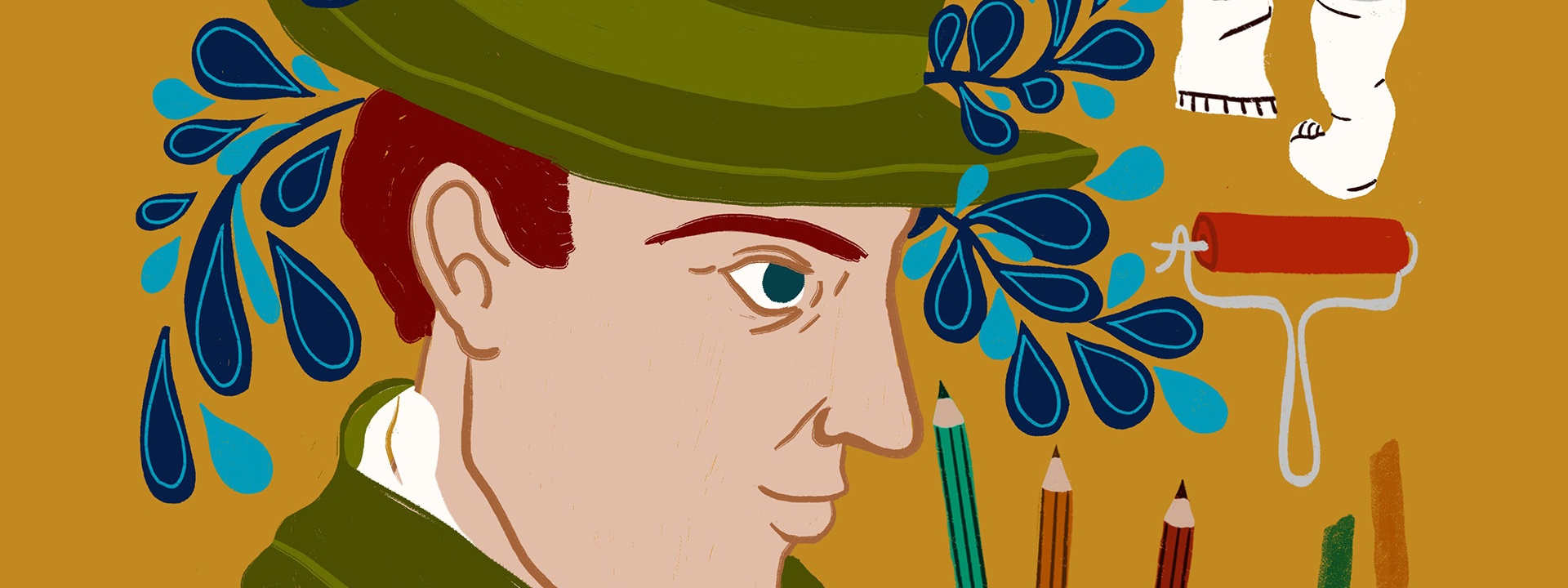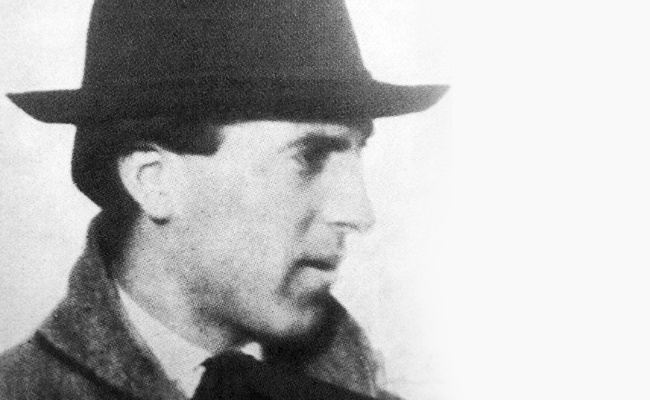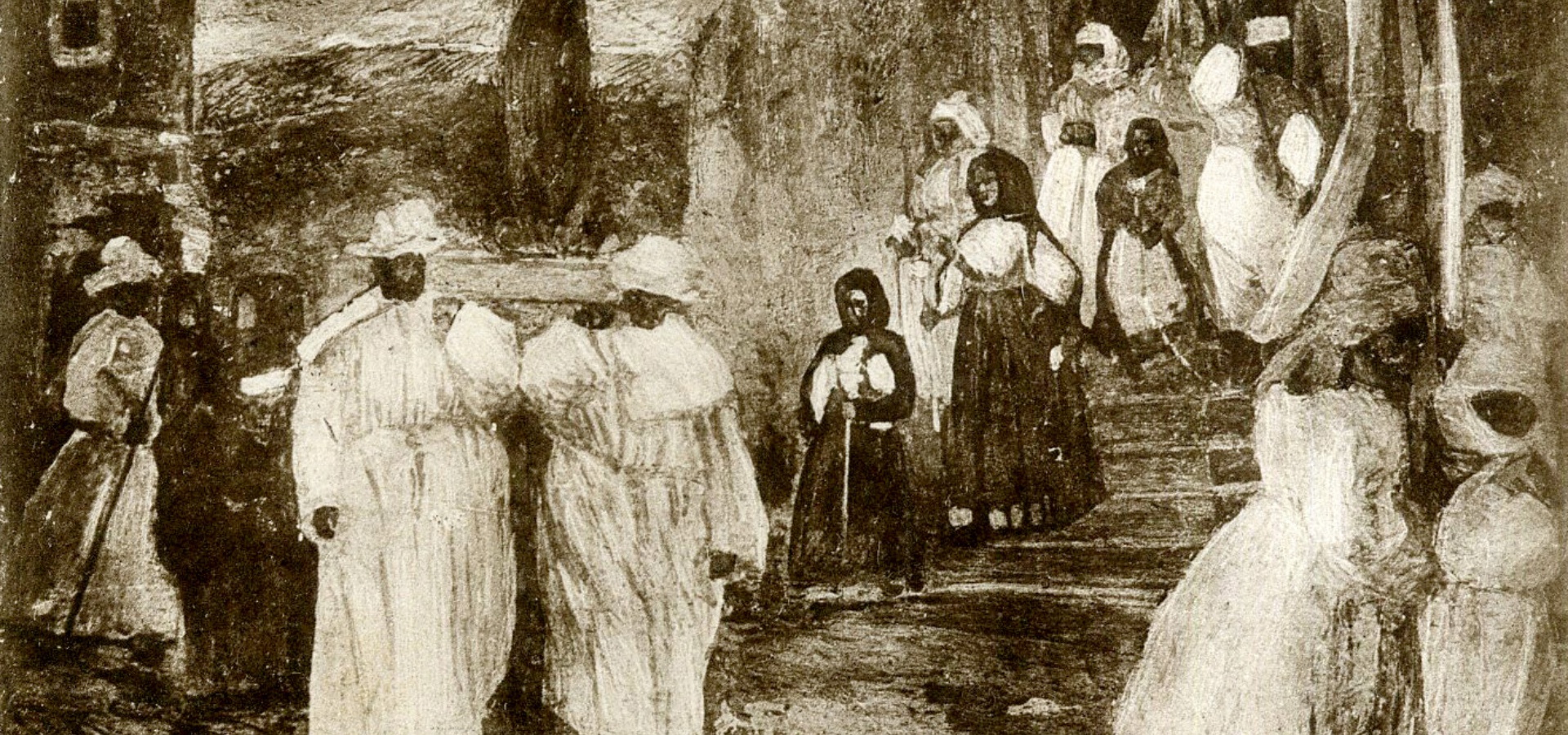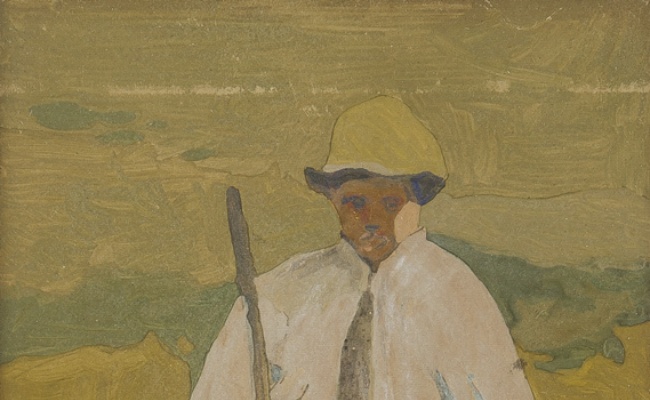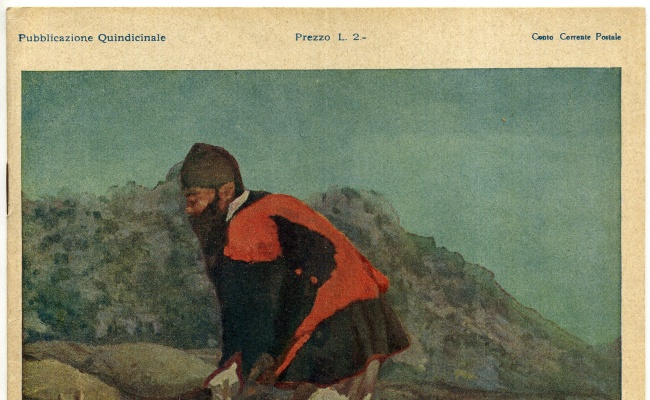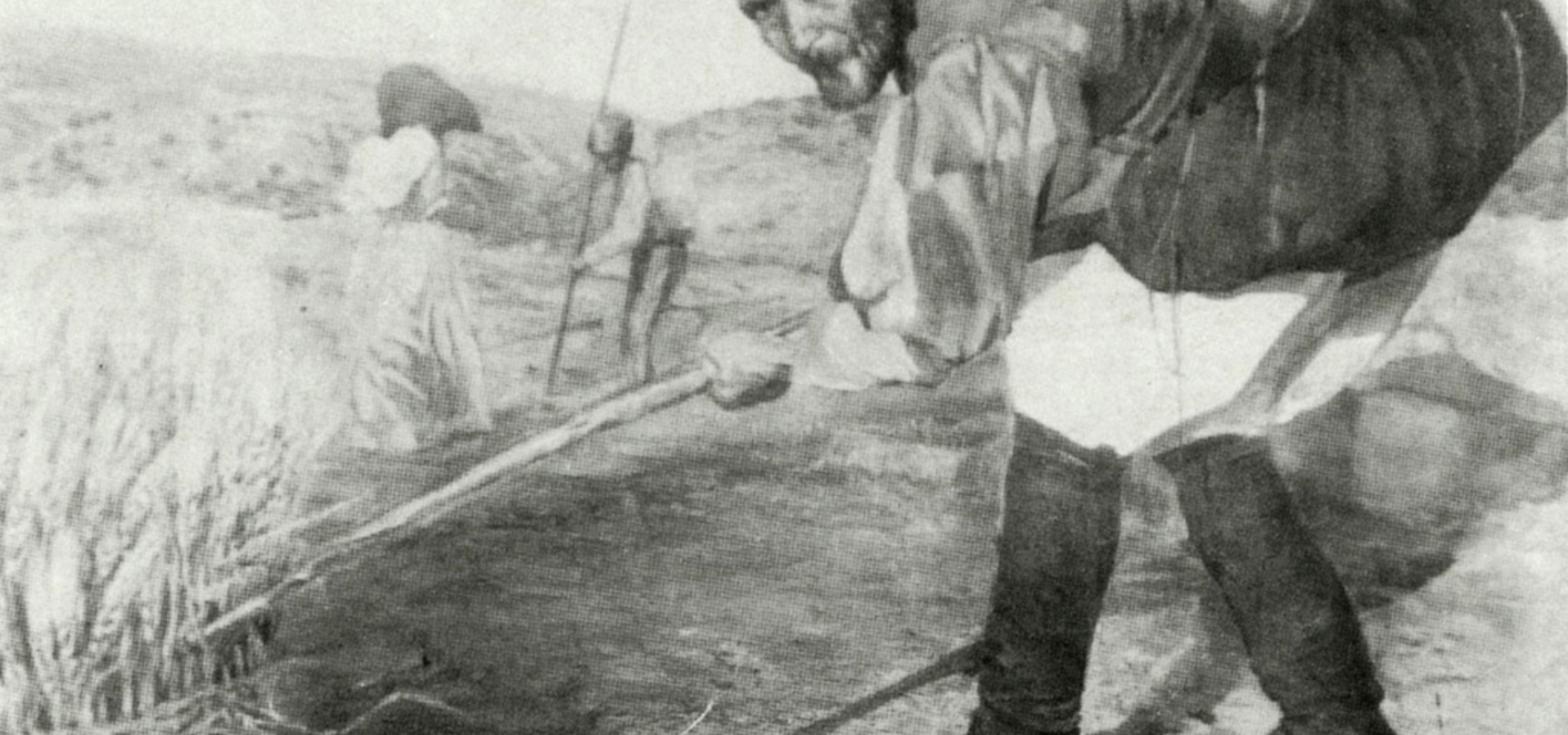Antonio Pirari (b. 13 April 1893, Nuoro–d. 4 May 1959, Nuoro) was an Italian painter.
Antonio Pirari
Description
While his brother Piero opted for photography, Antonio chose the traditional path of painting and illustration. He drew thematic inspiration from his father and his professional colleagues, incorporating the illustrative and identity-based trends of sophisticated painters like Antonio Ballero and Giacinto Satta.
Unlike his father, who was entirely self-taught, Antoni took a targeted approach to his education. He attended the Fine Arts Academy in Rome during the 1910s, where his fellow students included Carmelo Floris and Melkiorre Melis. His artistic production was varied in both theme and technique, the latter spanning oils, tempera, watercolour and woodcut.
He is especially well known for his illustrations, including one for Grazia Deledda’s novella I tre vecchi. He was also a contributor to the magazine Sardegna and made posters for cultural events in Nuoro. His art was admired across Italy and some of his works were reproduced in prominent magazines and used for important posters.
Although he participated in major Italian exhibitions, Antonio Pirari is best known regionally and locally. At the 1920 Venice Biennale, his painting Il covone received a humorous review from the critic Ugo Imperatori.
Although considered minor by comparison to the other Sardinian artists present, it confirmed his interest in social themes. He displayed his work at the 1st Roman Biennale in 1921 and Regional Labour Exhibitions in Nuoro, Cagliari, Sassari and Tempio Pausania. Towards the end of his life, the artist withdrew, preferring to paint in a solitary, domestic environment. Nevertheless, Pirari’s works are found in private collections, reflecting the final years of his life.
 Nuorese Cultural District
Nuorese Cultural District